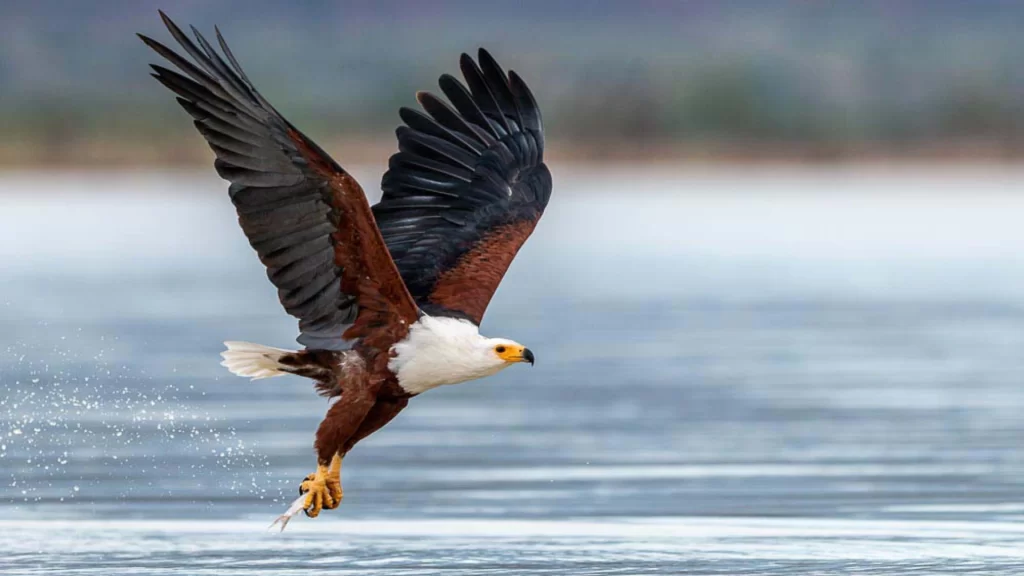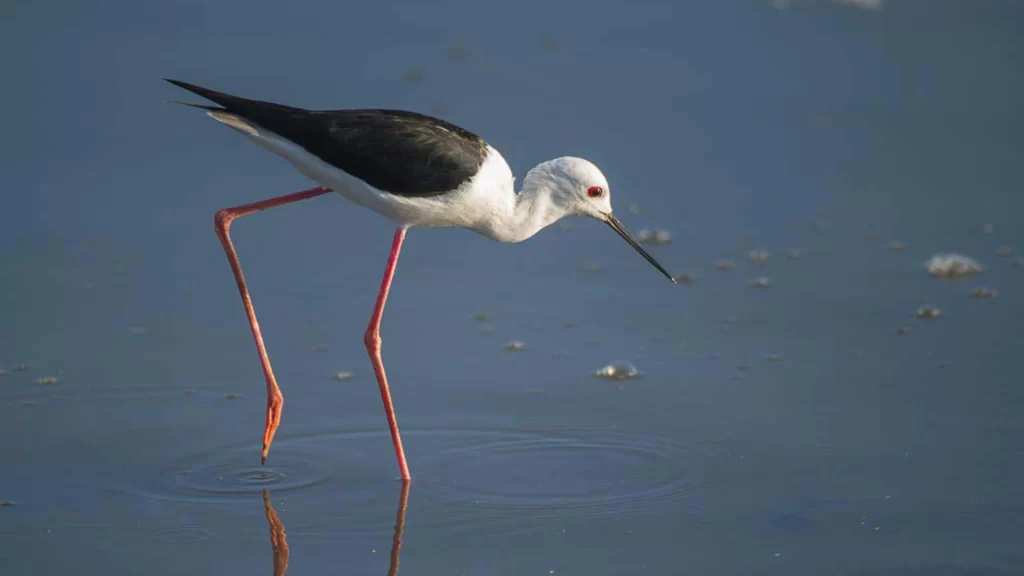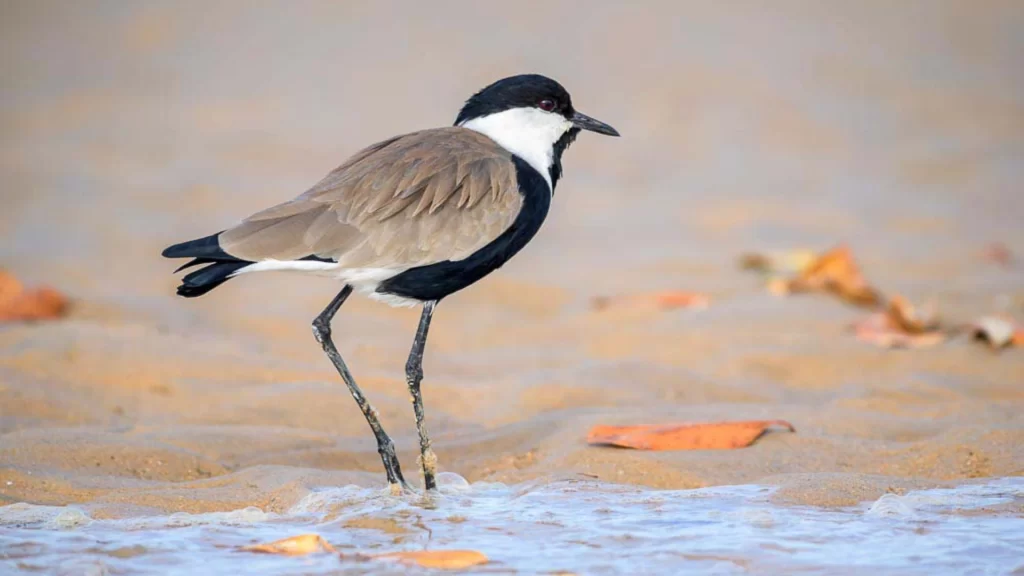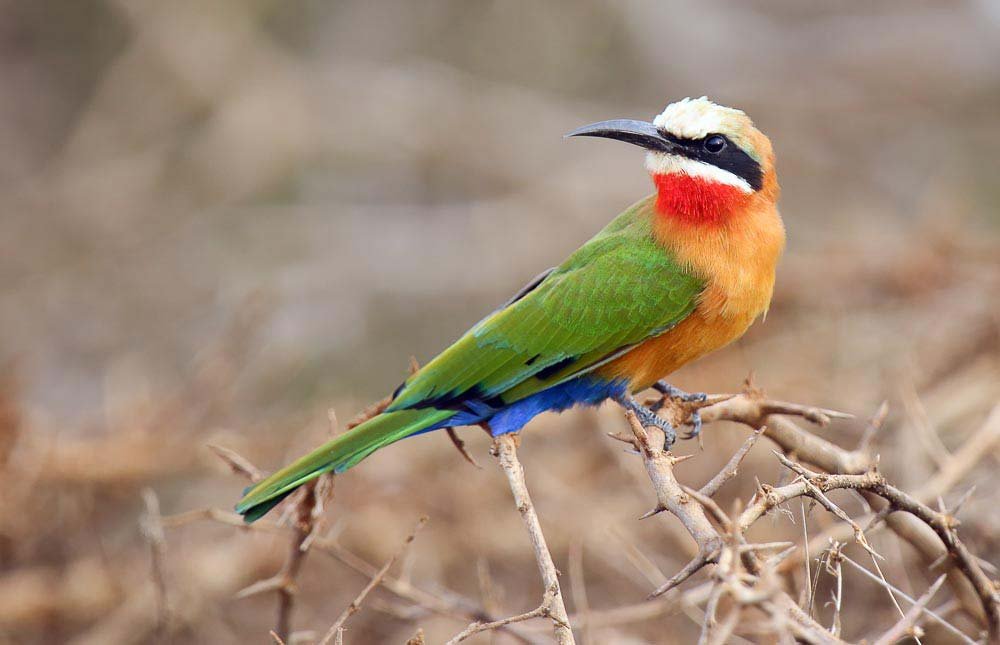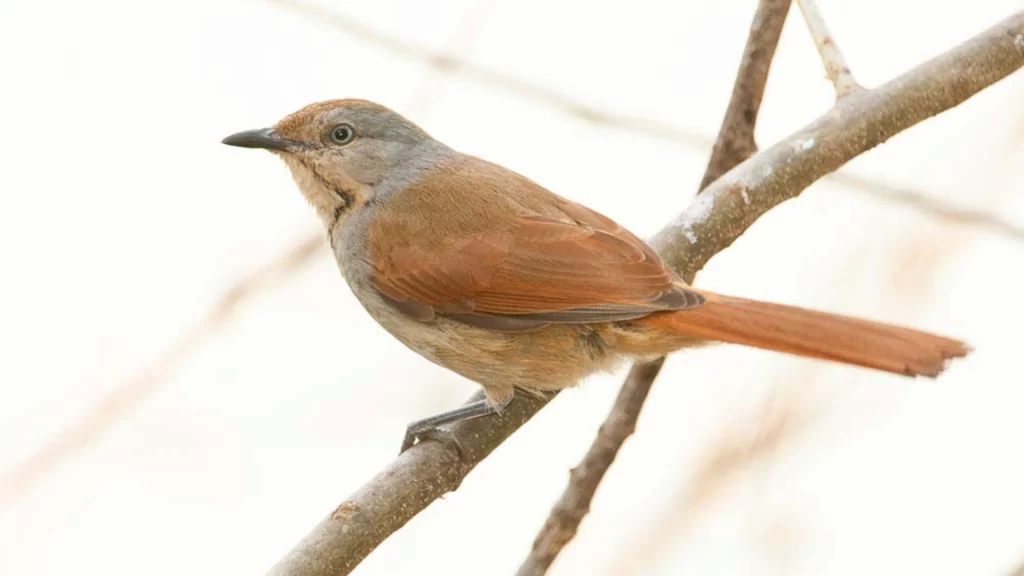Nyerere National Park, formerly the northern part of the vast Selous Game Reserve, stands as Tanzania largest and newest national park. It encompasses an enormous area. Indeed, this sprawling wilderness protects vital ecosystems. It offers an unparalleled safari experience. This differs from the busier northern circuit parks. The mighty Rufiji River, a central feature, weaves through the park. Consequently, it creates a lifeline for countless species. It also shapes diverse landscapes. Therefore, the sheer scale and pristine nature of Nyerere National Park draw visitors. They seek untouched beauty and abundant wildlife.
The Unique Wildlife of this Southern Park
What makes Nyerere National Park so special for wildlife enthusiasts? Primarily, it boasts one of Africa’s largest populations of African wild dogs, an endangered species. This offers rare and thrilling sightings. Furthermore, vast herds of elephants roam its plains. This reflects its heritage as a stronghold within the former Selous Game Reserve. Lions, leopards, and cheetahs appear frequently. This makes it an excellent destination for big cat encounters. The Rufiji River itself teems with hippos and massive crocodiles. Moreover, diverse antelopes thrive here. These include sable, Greater Kudu, and Lichtenstein’s hartebeest. Birdwatching here is exceptional. Over 440 species thrive in this area. This is thanks to the varied terrain and abundant water.
Adventures and Activities in Nyerere National Park
A safari in Nyerere National Park offers more than just traditional game drives. Indeed, boat safaris on the Rufiji River provide unique perspectives. They allow close encounters with water-based wildlife. You see hippos and crocodiles. These safaris also offer superb birdwatching. Walking safaris, accompanied by armed rangers, immerse you in the bush. They reveal smaller ecosystem details. Additionally, fly-camping offers an incredible opportunity. You sleep under the stars, truly connecting with the wilderness. The remoteness and vastness of the park mean a less crowded, more personal experience. Therefore, for those seeking adventure, exceptional wildlife, and a sense of raw Africa, this magnificent park promises an unforgettable journey into the heart of Tanzania’s wild south.










